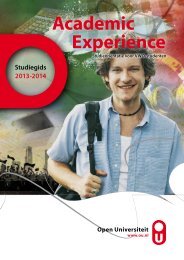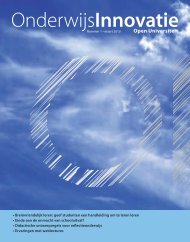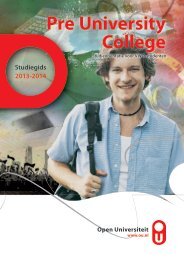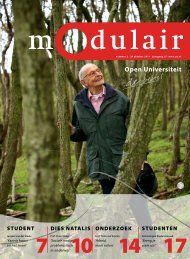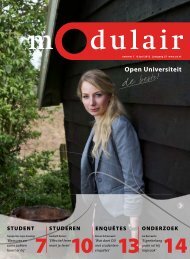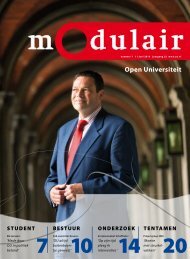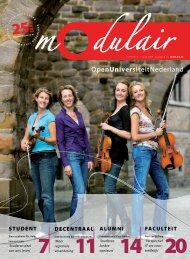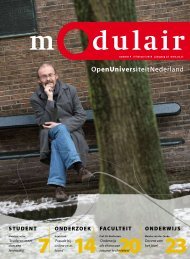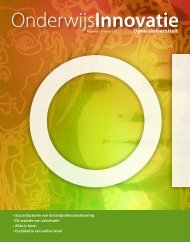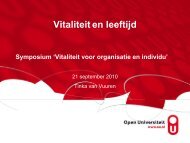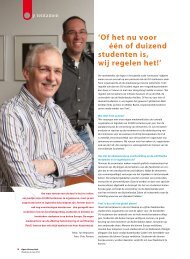intellectual property rights and distance education institutions
intellectual property rights and distance education institutions
intellectual property rights and distance education institutions
You also want an ePaper? Increase the reach of your titles
YUMPU automatically turns print PDFs into web optimized ePapers that Google loves.
avoided. Further, migration to free software like Linux <strong>and</strong> acceptance of Moodle type<br />
mechanisms would have been very productive. Another interesting mechanism could have<br />
been cloud computing.<br />
So where does it leave IGNOU? Undoubtedly, patented software would continue to impose<br />
heavy burdens on the institution, if in house capability is not created to develop packages to<br />
suit institutional needs preferably using free software. Until such time, the costs of operation in<br />
IGNOU for software related programmes would continue to be high.<br />
Copy <strong>rights</strong>, related <strong>rights</strong> <strong>and</strong> IGNOU<br />
IGNOU is one of those universities in India that has a very clear cut policy when it comes to<br />
copy <strong>rights</strong> <strong>and</strong> related <strong>rights</strong>. The university has also instituted a scheme of severe penalties<br />
to anyone who circumvents the laws related to copy <strong>rights</strong>. The IPR laws with basic application<br />
to written material apply a great deal to the university, since the primary form of support<br />
service to students in IGNOU is even today the print material. When it comes to print material,<br />
the primary question that emerges is – “with whom does the copy right actually lie?” In a<br />
system as complex as IGNOU’s, the answer is not very simple. Prime facie, it may seem as if<br />
the copyright lies with the author. But, in IGNOU, all course material is written by a course<br />
team, though different chapters may be obtained from different individuals. In this case, the<br />
chapter <strong>rights</strong> may lie with individual authors. However, this is not a maximally defensible<br />
position, since the content provided by individual authors is reviewed <strong>and</strong> edited by a team of<br />
editors. The editors not only give suggestions regarding the direction of the chapter but also<br />
may include content that they deem as essential for the chapter. In this case should the copy<br />
right of the matter also rest with the editors? Further, every programme has a course<br />
preparation team, which gives extensive suggestions regarding the course content, level of the<br />
programme etc. Should their <strong>intellectual</strong> <strong>rights</strong> also be protected? It is true that once a chapter<br />
is prepared, the author has to transfer the copyright in favour of the university. But in the<br />
context mentioned above, is it his sole prerogative to transfer the copy right of the chapter?<br />
The university has embarked upon a policy of open access to its study material by creating a<br />
digital depository – the E- Gyan kosh. Most of the print material produced by IGNOU is<br />
deposited here in the digital form. Through this process the university aims at providing access<br />
to the latest study material to the general public at large. There in lies a problem of Moral<br />
Hazards as far as use of copyrighted material is concerned. The fact that a university like<br />
IGNOU would periodically update the E-Gyan kosh <strong>and</strong> also add fresh material to this<br />
depository which is freely available for use by other <strong>institutions</strong>, makes these <strong>institutions</strong> less<br />
sensitive to the need to develop their own material <strong>and</strong> exp<strong>and</strong> their focus on in house<br />
research. Further, IGNOU may also loose in the process. An excellent example would be the<br />
use of IGNOU material (like for MBA) by other <strong>institutions</strong> while relaxing the entry<br />
requirements <strong>and</strong> also by making the term end examinations less difficult in comparison to<br />
IGNOU. Therefore students would naturally flock to a number of these <strong>institutions</strong> instead of<br />
IGNOU. The enrolment figures of the Chennai Regional Centre of IGNOU in the state of Tamil<br />
Nadu are a case in view.<br />
Perhaps, it would be pertinent at this point to suggest that IGNOU should enforce a policy of<br />
charging discriminative royalty from such users. What is implied here is that the university<br />
would do well to follow the ability to pay principle. It is obvious that institutional users of copy<br />
righted material undoubtedly have the wherewithal to pay a higher level of royalty when<br />
compared to the students <strong>and</strong> therefore should be charged higher. Further the terms of use<br />
of such material should also be very clearly laid down. The use of such material should not<br />
harm the commercial interests of the university.<br />
Yet it is not true that the university has been spared of third party copy right issues. Recently,<br />
for instance, copyright issues came to the fore when certain representations in one of the



